Basilica Of San Lorenzo: A Masterpiece Of Renaissance Architecture And Medici Patronage
- 8 Feb 2025
- By Paras Gandhi
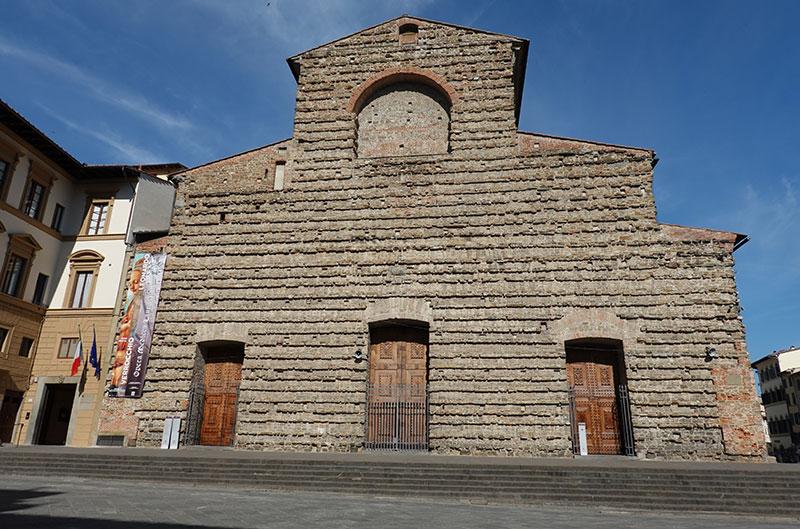
Nestled in the heart of Florence, the Basilica of San Lorenzo is a masterpiece that exemplifies the essence of the Renaissance. Designed by Michelangelo Buonarroti, this architectural marvel blends simplicity with grandeur, marking a significant departure from the elaborate Gothic style. Commissioned by the influential Medici family, San Lorenzo has become a cornerstone of Florence’s cultural and historical identity.
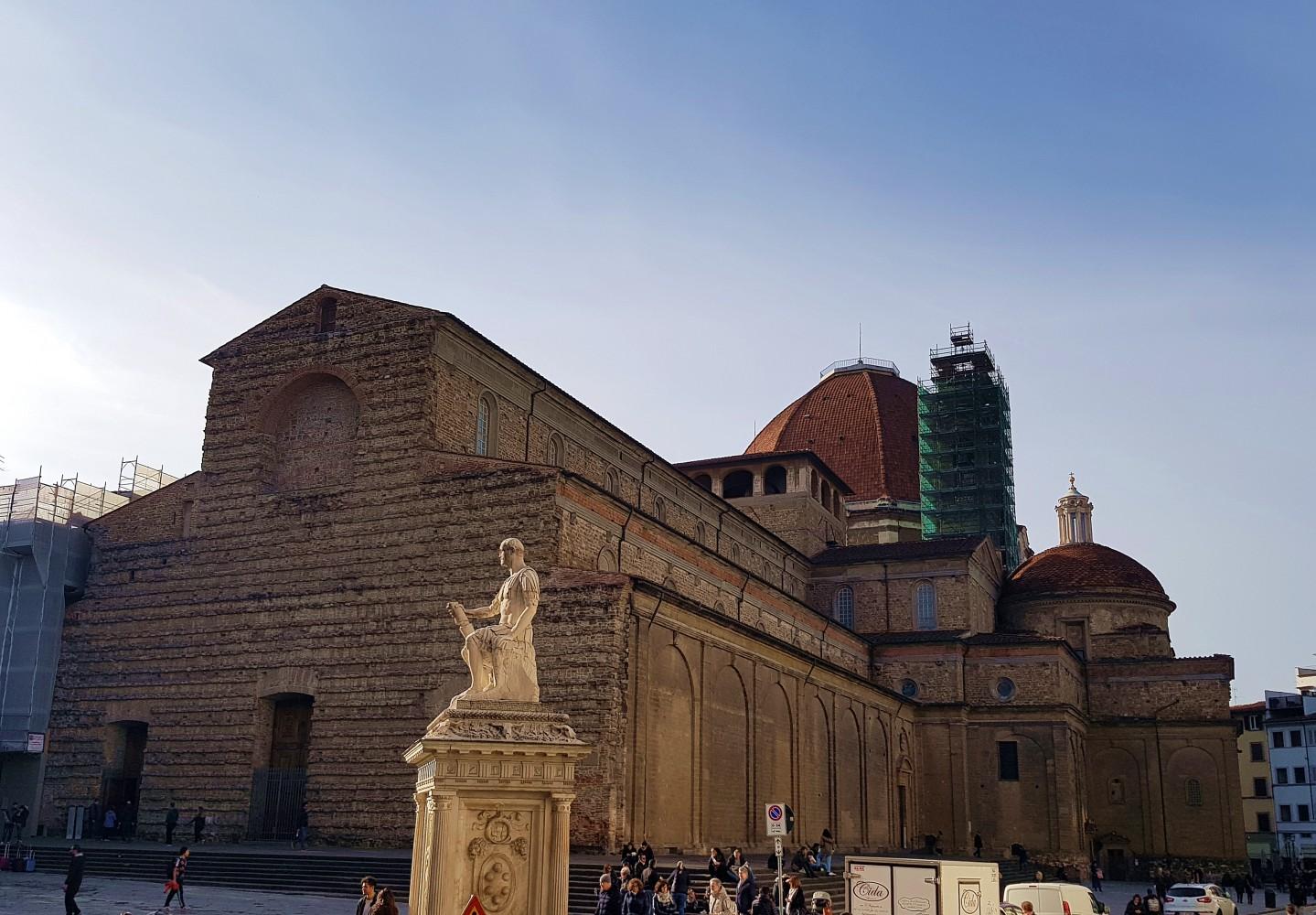
Architectural Evolution
The Basilica of San Lorenzo reflects the transition from Gothic to Renaissance architecture. Its unembellished façade contrasts with the intricate designs of earlier churches, signaling a shift toward geometric clarity and classical balance. Michelangelo’s input, although limited in completion, reveals his commitment to proportion and harmony, which are evident throughout the basilica.
The interior of San Lorenzo is a study in Renaissance ideals. Its spacious nave, flanked by symmetrical columns, directs attention to the altar, emphasizing both spiritual focus and architectural precision. The play of natural light within the church enhances its serene ambiance, inviting visitors to reflect on its historical and artistic significance.
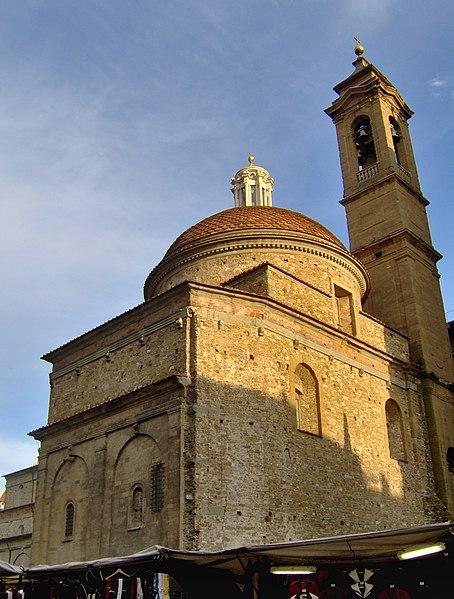
The Medici Chapels
The Medici Chapels within San Lorenzo stand as a testament to the family’s power and patronage. Designed by Michelangelo, these chapels house the tombs of the Medici dynasty, adorned with sculptures that encapsulate Renaissance thought.
Among the most renowned works are the statues of “Dawn” and “Dusk” and “Night” and “Day.” These sculptures transcend mere decoration, serving as profound meditations on the passage of time and the human condition. The chapels themselves are a harmonious blend of marble, intricate carvings, and symbolic design, reflecting the Medici’s enduring legacy in Florence.
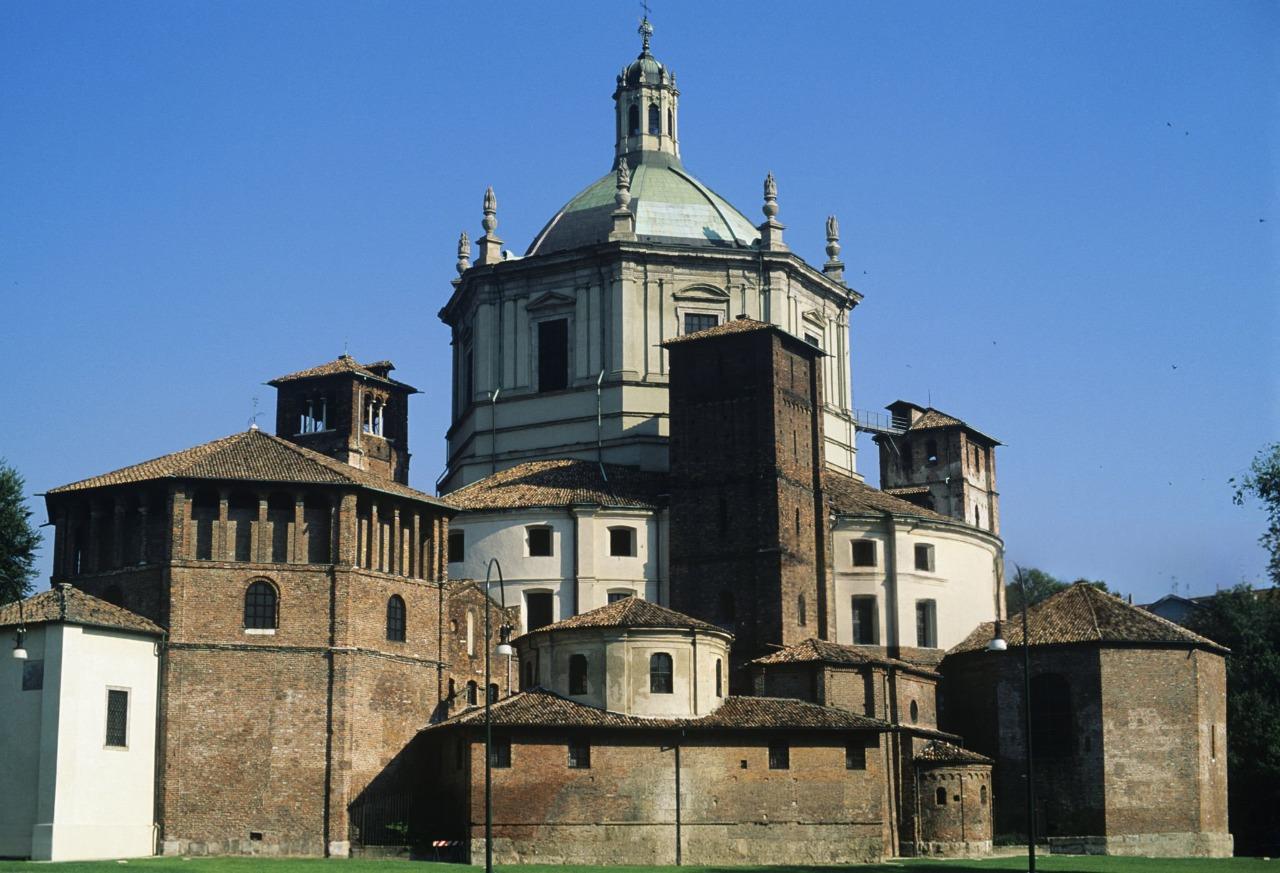
Social and Cultural Influence
San Lorenzo has long been more than a place of worship; it is a cultural hub that reflects Florence’s intellectual and artistic ambitions. As a focal point for religious ceremonies, the basilica has also hosted significant civic events, underlining its dual role in spiritual and public life.
The church’s connection to the Medici family amplifies its historical importance. By commissioning works from artists like Michelangelo, the Medici not only secured their place in history but also propelled Florence into an era of unparalleled artistic achievement. San Lorenzo became a canvas for Renaissance ideals, drawing scholars, artists, and admirers from across the globe.
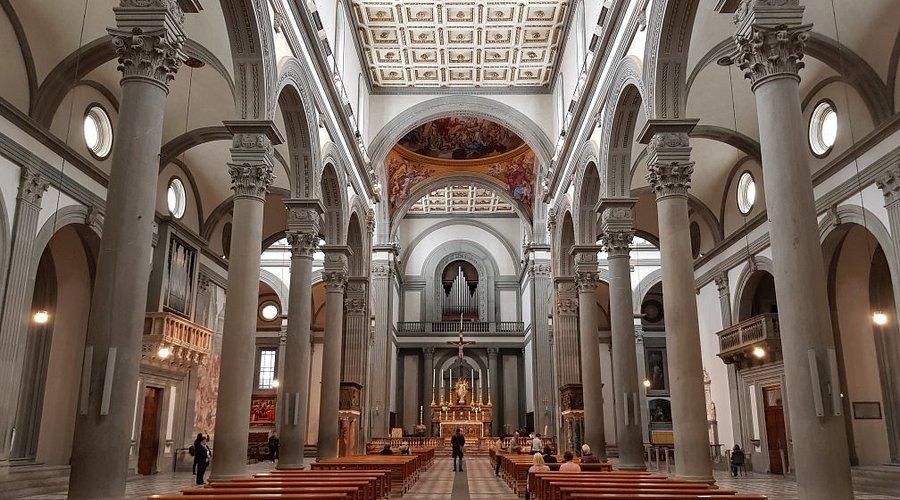
Legacy of Michelangelo
Michelangelo’s contributions to San Lorenzo extend beyond its architecture. His designs for the Medici Chapels demonstrate his mastery in combining sculpture, space, and symbolism. These chapels have become a pilgrimage site for those seeking to understand the Renaissance’s impact on art and philosophy.
Michelangelo’s work at San Lorenzo serves as a bridge between art and architecture, showcasing his ability to imbue structures with profound meaning. His vision for San Lorenzo continues to inspire, underscoring the basilica’s role as a living monument to Renaissance innovation.
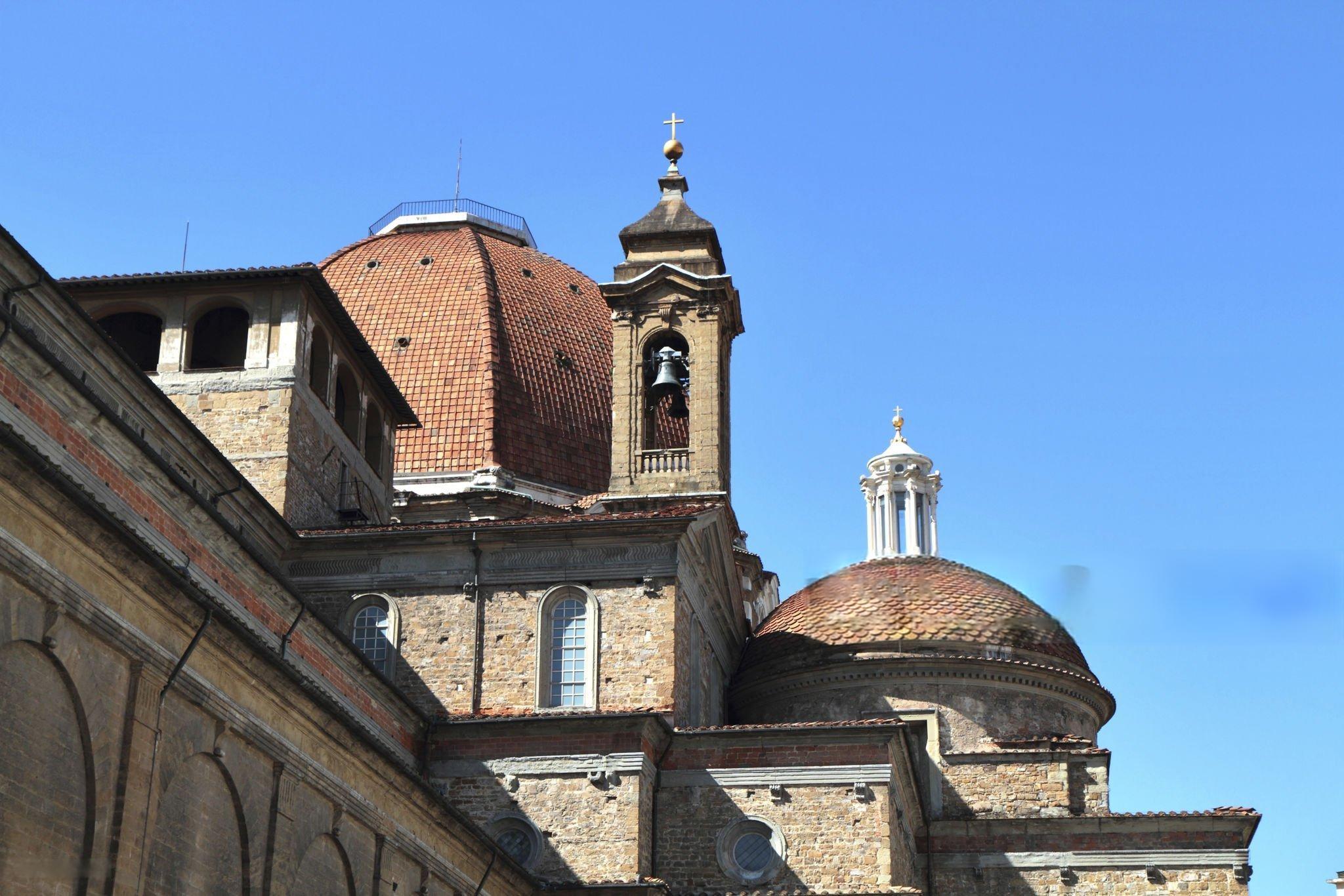
Conclusion
The Basilica of San Lorenzo remains a beacon of Renaissance brilliance, blending artistic innovation with historical depth. Through the genius of Michelangelo and the patronage of the Medici family, it has become a cornerstone of Florence’s cultural heritage. For visitors, a journey to San Lorenzo is a step into the heart of the Renaissance, offering a glimpse into the city’s glorious past and enduring legacy.
Recently Published
loves or pursues or
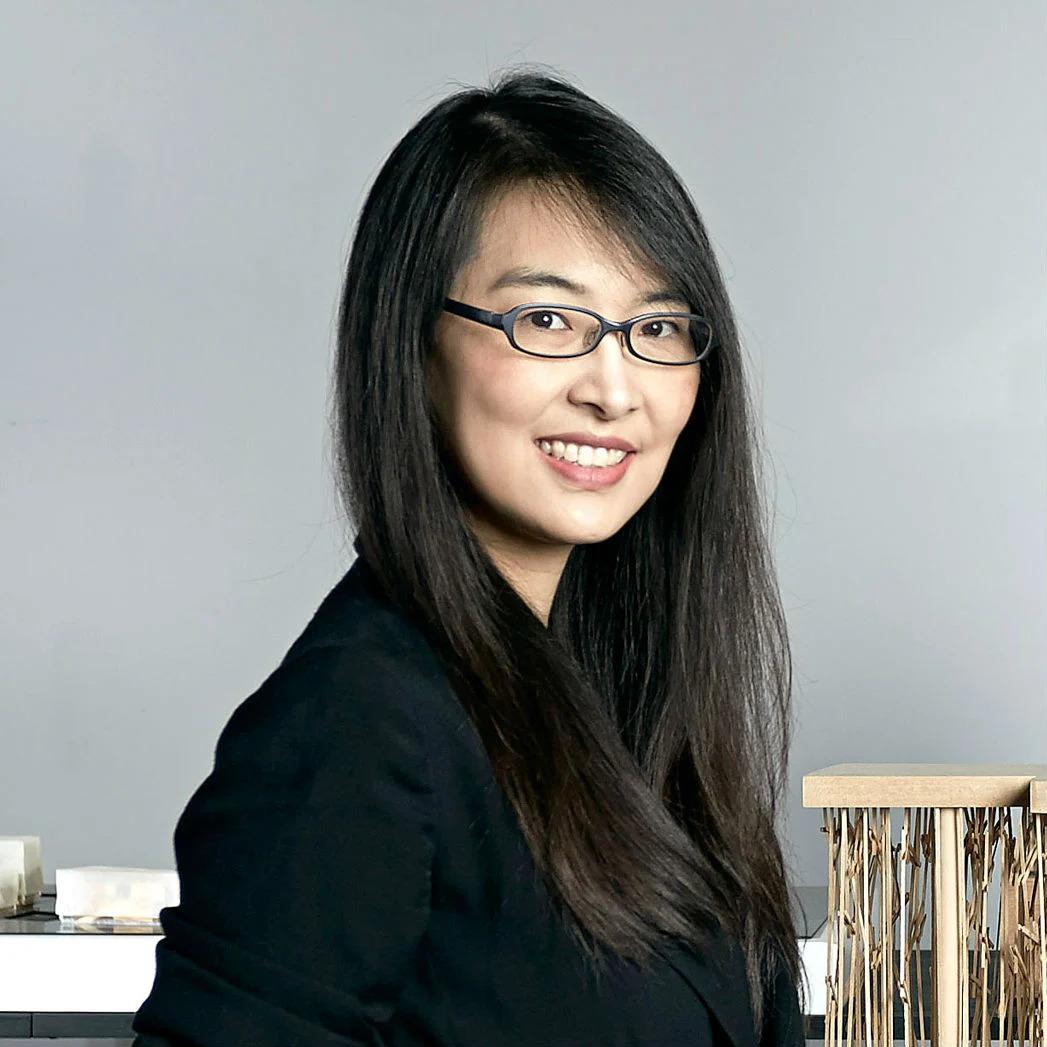
.jpg)


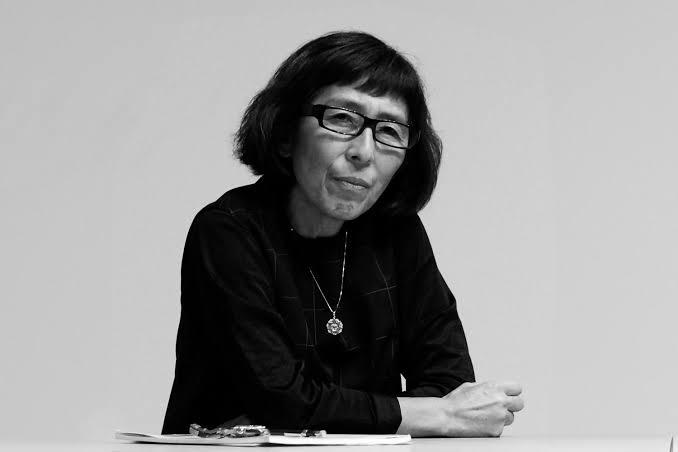
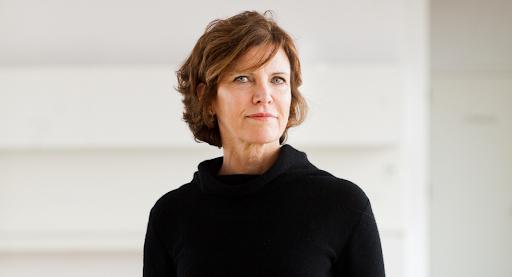
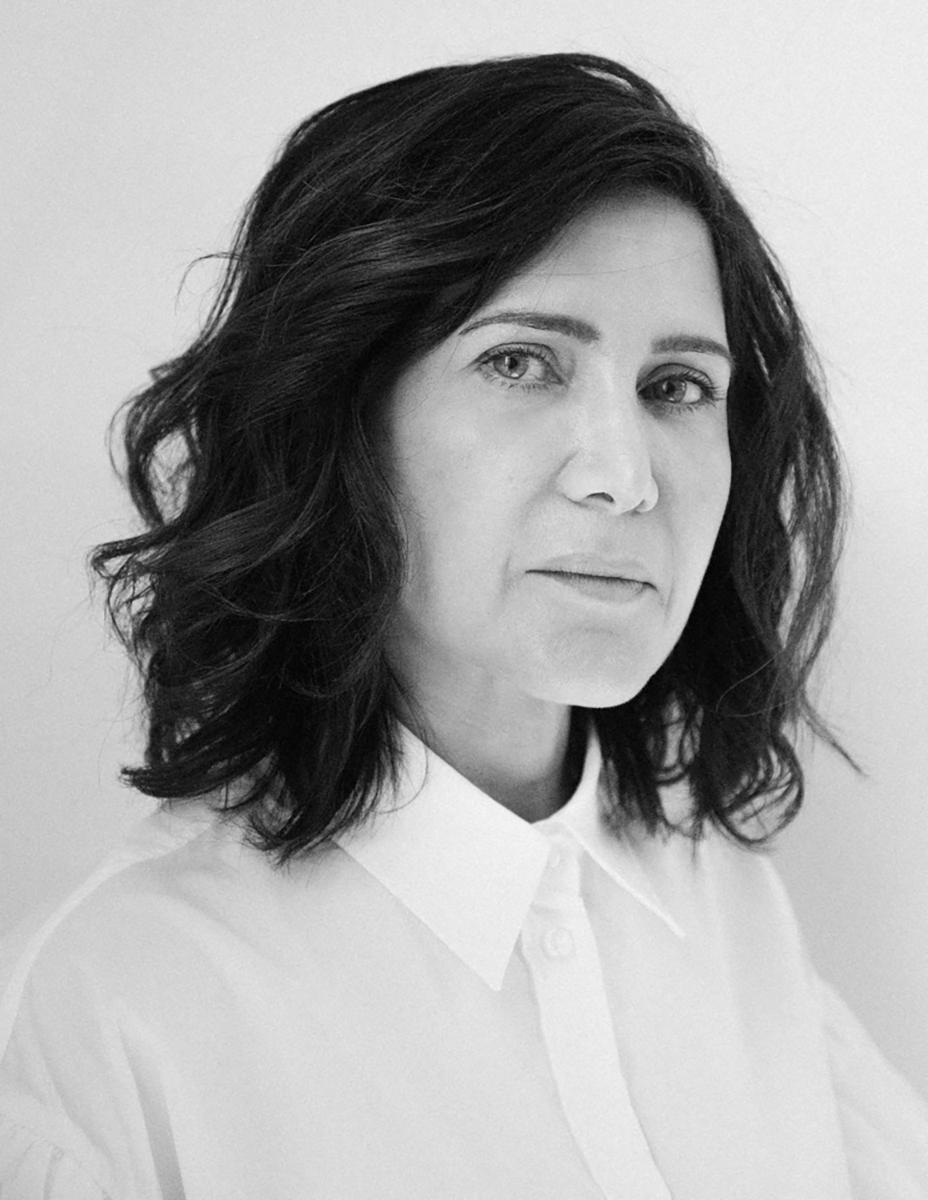
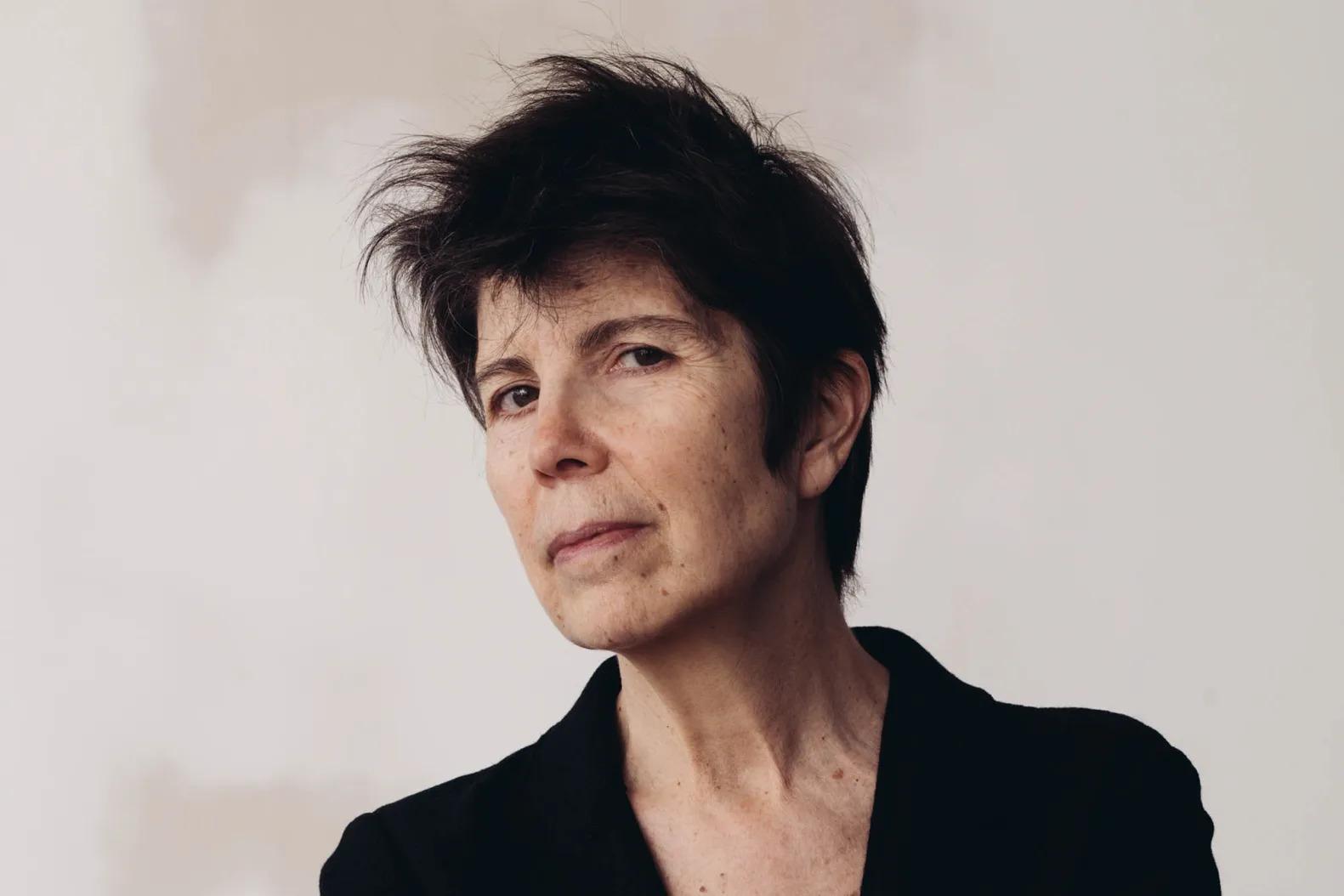
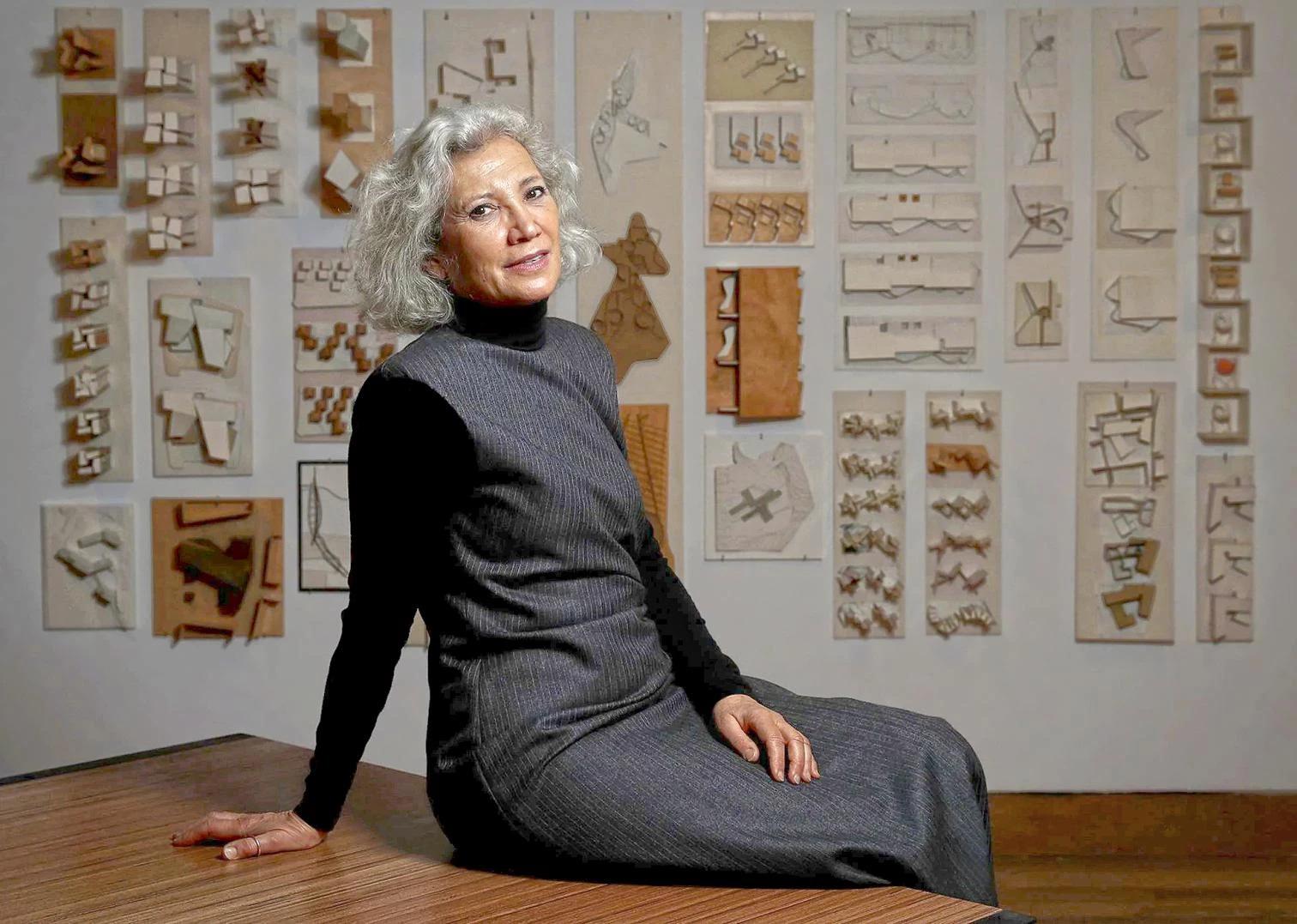
.jpg)